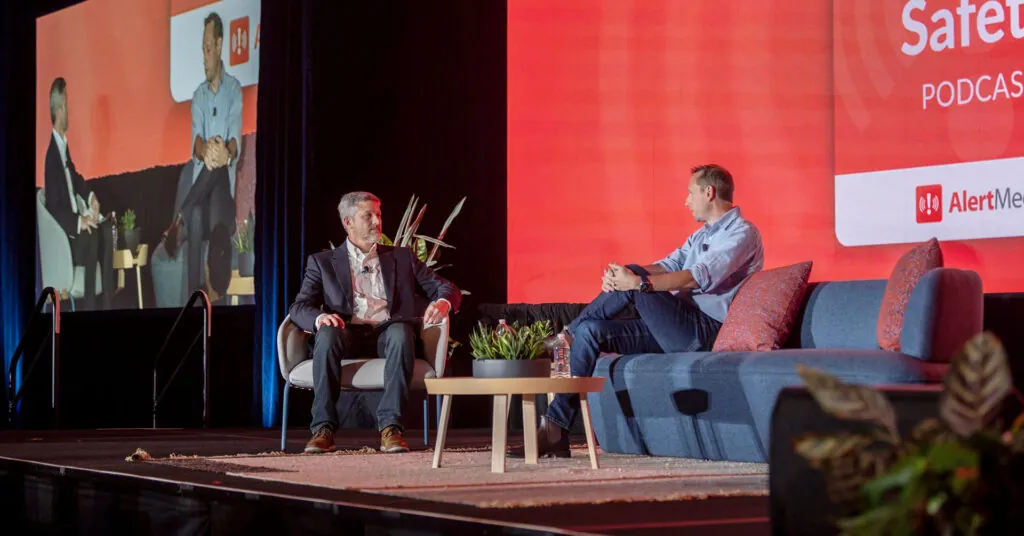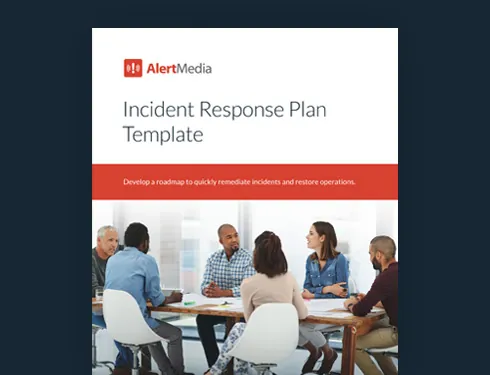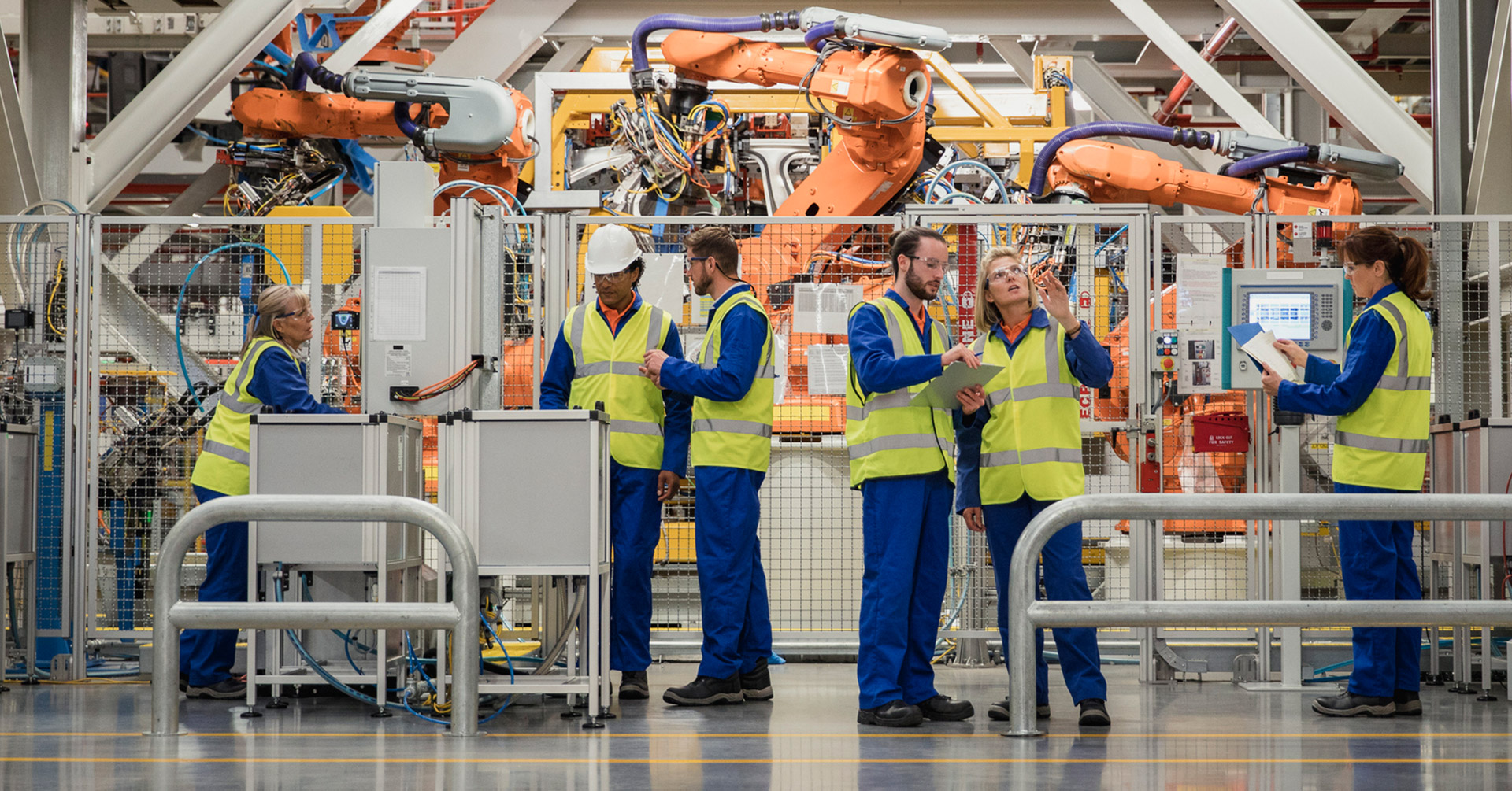
Inside Uber’s Incident Response Plan—Interview With an Expert
Discover how Uber built a proactive, people-first incident response model to support employees across 90 countries during critical events.

When a critical event occurs—whether a natural disaster, act of violence, or civil unrest—organizations have a responsibility to do more than just alert their employees. They must also provide timely, compassionate support to those affected. That’s where a well-defined incident response strategy becomes essential.
Without a structured approach to identifying impacted individuals, coordinating resources, and delivering consistent care, even the most well-intentioned efforts can fall short. As global workforces become increasingly dispersed and complex, organizations need scalable systems that ensure no employee falls through the cracks in a moment of need.
In this episode of The Employee Safety Podcast, Ashley Guest, Head of Strategic and Operational Solutions for Trust and Security at Uber, shares how the company built a global support model to deliver timely, consistent assistance to impacted employees. Ashley discusses how Uber leverages data, aligns regional teams, and collaborates with trusted partners to ensure a rapid and compassionate incident response—no matter where an event occurs.
You can listen to this interview below and find many more by following The Employee Safety Podcast on Spotify or Apple Podcasts.
Incident Response Plan Template
Q&A With Ashley Guest, Head of Strategic and Operational Solutions for Trust and Security at Uber
What are you looking for when you invest in incident response tools?
I look for solutions that are simple to use and intuitive. Just as an example of our corporate structure makeup, we have four 24/7 GSOCs—in Bangalore, Amsterdam, Dallas, and Mexico City. There’s a decent footprint as well, with probably 60 individual operators and analysts. We also have a dedicated intelligence team that’s based essentially in Washington, D.C., with embedded analysts in the region. So we have a lot of people to tackle this mission. We are very keen on simple tooling, efficient tooling, and accurate information.
How does Uber’s scale and distribution of people all over the world inform your overall response plan when it comes to assisting employees during critical events?
I think that’s the point of what we’re discussing: How do we support all of our employees? I think we have around 80,000 people in 90 countries, including contingent labor. So, one of the things to think about is not just how we can communicate with them. Obviously, that’s critically important. But the actual challenge is what do we do if they need help? We also need to think about protecting everyone to the same degree. Let’s say, for example, we have four or five employees in Lebanon—we have exactly the same duty of care obligations to them as we do to 500 people in Dallas. We need to prepare ourselves to offer the best service and the same service to employees, irrelevant of their location.
How did you recognize the need for a more proactive global response model?
“With a strong vendor relationship, you can influence product development, solve problems faster, and build tools that work for your environment.”Ashley Guest Head of Strategic and Operational Solutions for Trust and Security at Uber
It wasn’t something we identified immediately—it came with experience. Our team was good at reacting to events in the early days, but we lacked the structure to support employees who needed help after the alert went out.
A turning point was the 2021 explosion in Madrid, where many employees didn’t respond immediately. One person wasn’t directly impacted but still needed support—and we realized we didn’t have a reliable way to provide it. That moment made it clear: our duty of care doesn’t end with a notification. We needed a framework that allowed us to assist employees in any location with consistent and meaningful follow-up.
What challenges did you face building a communication system that works at that scale?
I’ll be honest—I thought it would be simple. You have a list of employees, and you hit send, and it’s done. But the data we had wasn’t great. We were missing country codes, phone numbers weren’t formatted correctly, and phone numbers weren’t even required fields with some of our contractors. We also realized we needed more from our tools—better integration, better accuracy, and a true partnership. When we moved to AlertMedia, the focus wasn’t just on sending messages faster. It was about building a more intelligent, reliable system together. Now, we have a platform that works how we need—and a partner who evolves with us.
Two-way communication is a big part of your strategy. Why is that so important?
It’s critical. Sending an alert is one thing—but we also need to know, “Are you safe? Do you need help?” We use surveys and simple yes/no prompts to get those answers quickly. And we’ve learned to meet people where they are.
How do you approach vendor partnerships?
For us, the partnership is just as important as the product—sometimes more so. With a strong vendor relationship, you can influence product development, solve problems faster, and build tools that work for your environment. We’re still a pretty nimble company, and we like to move quickly when we find a better solution. So, if a tool makes sense, is scalable, and improves safety—we don’t waste time. We make the move, and we make it work.
Scaling Safety With Purpose
Ashley Guest’s insights reveal what it takes to build a global incident response framework that centers on people, not just processes. By moving beyond reactive measures and focusing on structured follow-up, Uber has created a model that ensures impacted employees receive consistent, compassionate support, wherever they are in the world. This episode underscores how organizations can evolve their duty of care by aligning technology, partnerships, and strategy to deliver meaningful assistance when it matters most.
Whether you’re refining an existing process or building from the ground up, Uber’s journey offers a roadmap for scaling safety with purpose and empathy.




![11 Steps to Creating an Effective Emergency Response Plan [+ Template]](https://www.alertmedia.com/wp-content/uploads/2023/10/Blog-Emergency-Response-Plan.webp)
